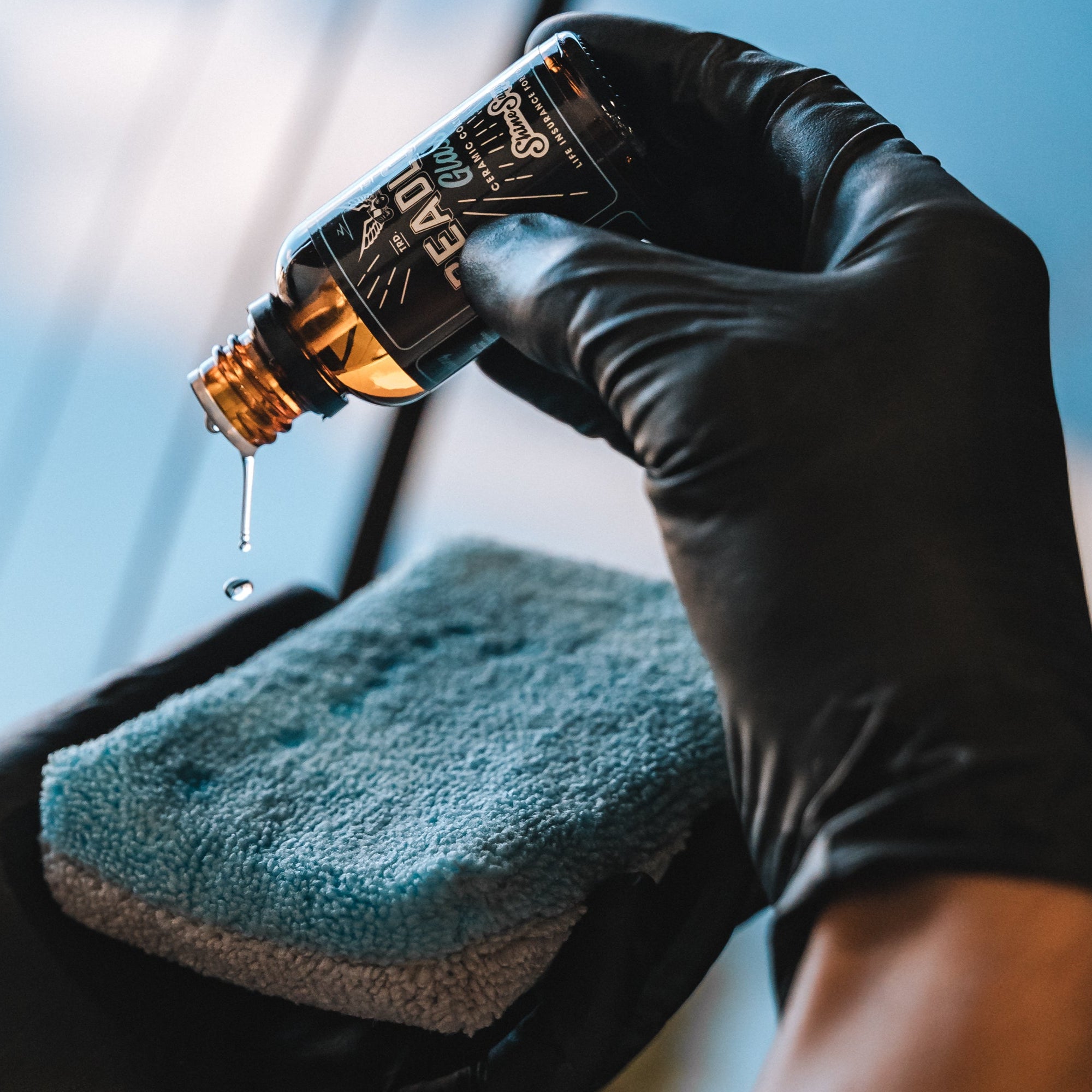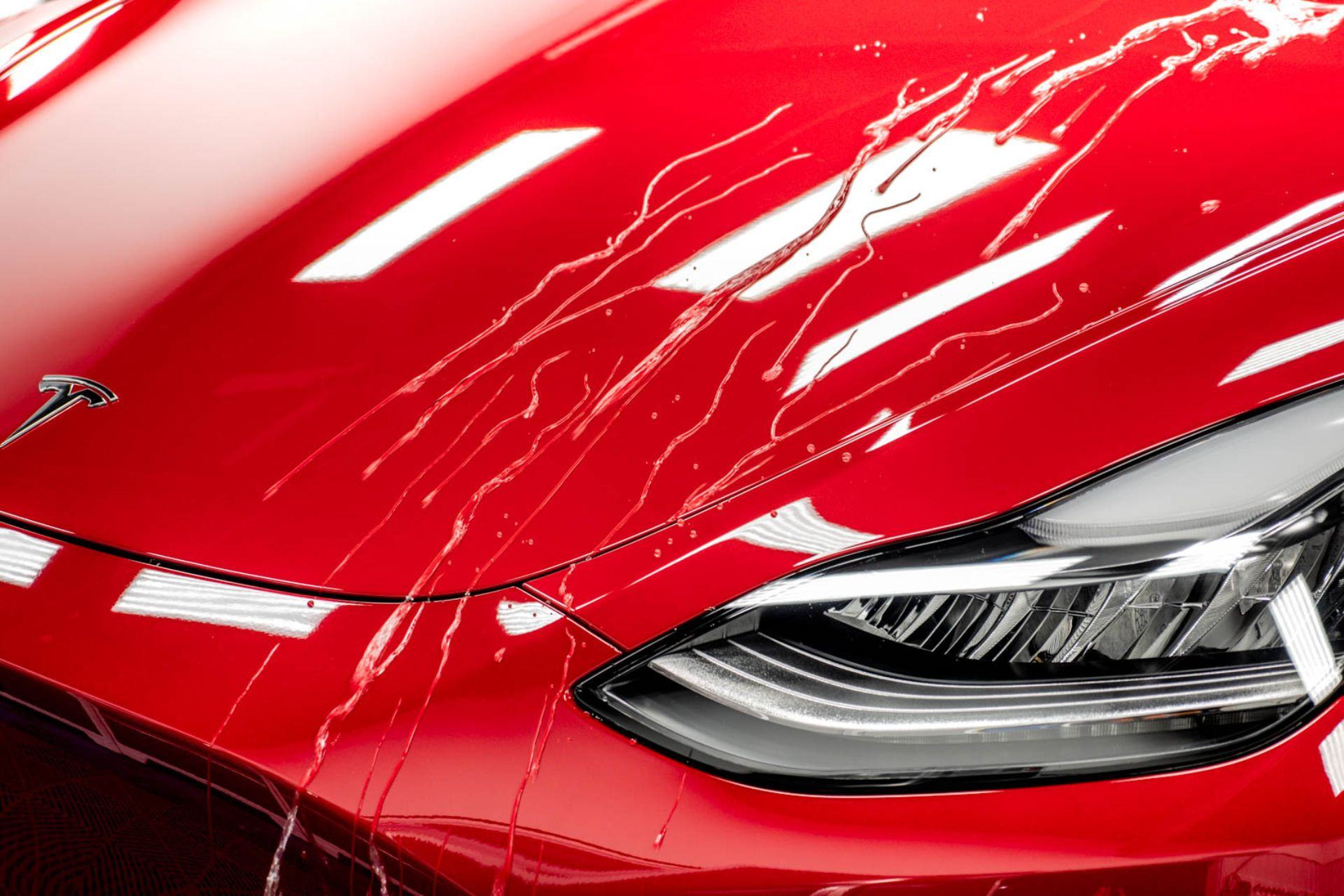A Comprehensive Overview to the Sorts Of Ceramic Layer on the marketplace
Ceramic coverings have emerged as a crucial remedy throughout various sectors due to their one-of-a-kind residential properties and applications. As we discover the distinct characteristics and applications of these finishings, the implications for performance and longevity come to be increasingly apparent, elevating questions concerning which type may finest match your needs.
Understanding Ceramic Coatings
Ceramic finishings are sophisticated safety services that have actually gotten appeal in various industries, specifically in automobile and aerospace applications. These coverings consist of a fluid polymer that, when healed, develops a long lasting, hydrophobic layer on the surface of the substratum. This layer provides improved resistance to environmental pollutants, UV radiation, and chemical exposure, thereby expanding the life and visual charm of the underlying material.
The fundamental element of ceramic layers is silica, which contributes to their solidity and toughness. The application process typically entails surface preparation, application of the finishing, and curing, which can be accomplished with heat or UV light. When cured, ceramic coatings show outstanding bonding buildings, enabling them to adhere highly to a variety of surface areas, including metals, plastics, and glass.
Along with their protective functions, ceramic coverings also offer ease of maintenance. Their hydrophobic nature lowers the adherence of dirt and gunk, making cleansing less complex and much less constant. On the whole, the adoption of ceramic layers stands for a significant development in surface area protection innovation, supplying both functional and visual advantages throughout numerous industries.
Kinds Of Ceramic Coatings
Different kinds of ceramic layers are readily available, each designed to fulfill particular efficiency demands and applications - Paint Protection Film. One of the most common kinds consist of:
Silica-based Coatings: These coverings largely include silicon dioxide and are understood for their longevity and chemical resistance. They are commonly used in vehicle and industrial applications.
Titanium Dioxide Coatings: Distinguished for their photocatalytic buildings, titanium dioxide coverings are often applied in settings where self-cleaning and antifungal residential properties are desirable, such as in building materials and auto coatings.
Zirconia Coatings: Identified by their high-temperature stability and thermal resistance, zirconia layers are used in applications such as generator engines and high-performance vehicle components.
Alumina Coatings: Displaying superb solidity and thermal stability, alumina coatings are often made use of in wear-resistant applications, consisting of reducing tools and commercial machinery. - Paint Protection Film
Hybrid Coatings: Integrating the buildings of various products, crossbreed coverings provide improved performance attributes, making them ideal for one-of-a-kind and demanding applications.
Each sort of ceramic coating serves unique objectives, allowing users to select the most ideal solution based upon specific ecological problems and efficiency needs.
Advantages of Ceramic Coatings
Ceramic index finishings, in certain, offer countless advantages that make them increasingly preferred among manufacturers and customers alike. These coverings are resistant to scrapes, chemicals, and UV rays, making sure that the underlying surface remains secured over time.
Along with toughness, ceramic finishes provide excellent hydrophobic buildings, enabling very easy cleansing and upkeep. This water-repellent nature lessens the adherence of dirt, grime, and other pollutants, which can extend the visual charm and capability of the surface. Ceramic finishes can dramatically boost thermal resistance, making them optimal for applications that sustain high temperatures.

Application Refine
When applying ceramic coverings, a precise method is vital to accomplish optimum results. The application process typically begins with detailed surface prep work. This entails cleaning, decontaminating, and brightening the surface area to remove all pollutants, consisting of dirt, grease, and prior waxes or sealers. A tidy surface ensures correct adhesion of the covering.
When the surface is prepped, the following step is to use the ceramic covering. This can be done using an applicator pad or a microfiber cloth, making certain even protection. It is vital to operate in small areas to maintain control and avoid early treating. The layer must be used in slim layers, as thicker applications can result in unequal coatings.
After application, the finishing requires a details treating time, usually ranging from a few hours to a complete day, depending on the product. Complying with these actions diligently will make the most of the efficiency and durability of the ceramic layer, supplying a durable protective layer for the surface.
Upkeep and Longevity
To make sure the longevity and efficiency of a ceramic finish, regular upkeep is crucial. Ceramic coatings, understood for their durability and safety top qualities, require particular treatment routines to maximize their life-span and efficiency. The very first step in upkeep involves regular cleaning with pH-neutral soap, avoiding extreme chemicals informative post that can break down the coating. It is a good idea to wash the car on a regular basis, ideally every two weeks, to stop the buildup of pollutants that could jeopardize the finishing's stability.
Along with regular cleaning, routine assessments are important. Look for indicators of wear or damage, such as hydrophobic homes diminishing or surface blemishes. If necessary, a light gloss might be related to renew the covering without stripping it away.
Moreover, the application of a booster spray can enhance the layer's hydrophobic results and recover its gloss. This is especially advantageous for coatings that have actually been in use for a prolonged period. Inevitably, by adhering to these upkeep techniques, one can substantially expand the life of a ceramic finish, ensuring that it remains to provide optimum security against environmental variables and maintain the aesthetic allure of the vehicle.
Verdict
